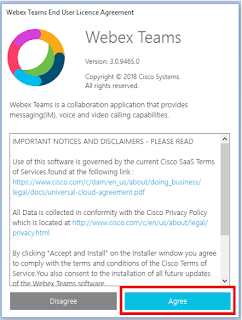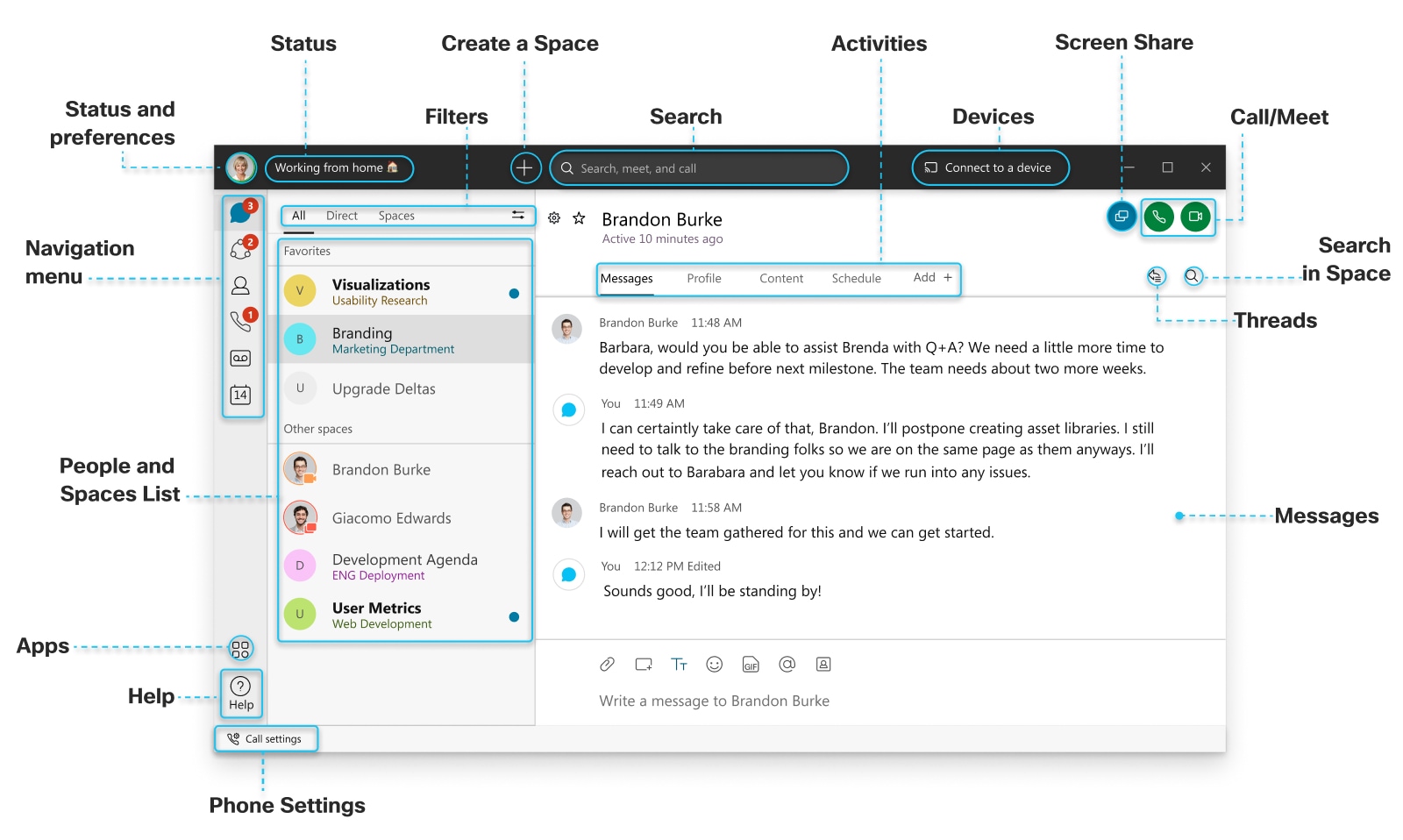

Within the body add the details as shown below. We can now create our webhook by locating the Create a webhook (messages/created) request inside the Webex Teams API v1 collection. The main benefit of doing this is that it will prevent us from needing to add our Bot Access Token to each API call we make. Once you have imported the collection into Postman you will need to assign the previously obtained Bot Access Token as the variable bot_token, within a Postman environment (as shown below). This will save you time, and also give you a bunch of other API requests should you want to explore further. The benefit of using Postman in this scenario is that we can utilize the prebuilt Webex collection, located at. Postman is an API (application programming interface) development tool that helps to build, test, and modify APIs. There are many ways to send an API request, such as curl or via the Python requests module. Webex Team webhooks are created via its REST API. We will now turn our attention to creating our webhook. Next, add your new bot within your Webex Teams space.
WEBEX TEAMS TUTORIAL TRIAL
Note: If you do not have a Webex Teams account, you can register for a free trial over at.

Once created, you will be provided with two important pieces of information, the Bot Access Token and the Bot ID which we will use in later steps. This is done on the Webex platform via the URL. Create Botįirst of all, we need to create our bot. This consists of creating our bot, adding our bot to our Webex Teams space, along with creating a message webhook. To begin, we perform the required configuration within Webex teams. The message is displayed to the user via the Webex Teams client.A message is then created containing the results of ipcalc.In our case taking the IP/Subnet and running ipcalc. Using the message details, our Chatbot will then perform the required action.The Chatbot will then issue an API call out to the Webex Teams API to collect the message details using the previous message ID.This submission triggers a webhook, an HTTP POST to our Chatbot endpoint, containing a message ID.Webex Teams then processes this submission.The user submits a message within Webex Teams.Let’s step through the order of operations for our Chatbot. Our Chatbot will then perform an ipcalc against the IP and subnet, then return the result to the user. This method prevents continuous polling and therefore can reduce the resource overhead to both the chat API endpoints and Chatbot.Īt a very high level, our user will enter an IP address and netmask within the Webex Teams client (be it the mobile app, web browser, or desktop app). Webhooks - Instead of polling the chat platform, a webhook is only sent to the bot in the event of a given condition, for example, a new message is created, or a form submission.

An example of a pull-based bot can be found in this previous post on building a basic Slack bot with Python.

1 This is achieved via a Chatbot that is integrated with your chat platform (such as Webex Teams, Microsoft Teams or Slack) and configured to execute various actions upon commands or actions submitted by the user.īy bringing your tools into your conversations and using a Chatbot modified to work with key plugins and scripts, teams can automate tasks, collaborate more, and to work faster and more efficiently. In this article, we will answer these questions and also get hands-on with building a Chatbot within the collaboration platform Webex Teams.ĬhatOps, a term originally coined by the folks at Github, is all about conversation-driven operations.
WEBEX TEAMS TUTORIAL HOW TO
By now I’m sure most of you would have heard the terms ChatOps and Chatbots.įor many of you these terms may be new, and if not you may be wondering how to get started.


 0 kommentar(er)
0 kommentar(er)
